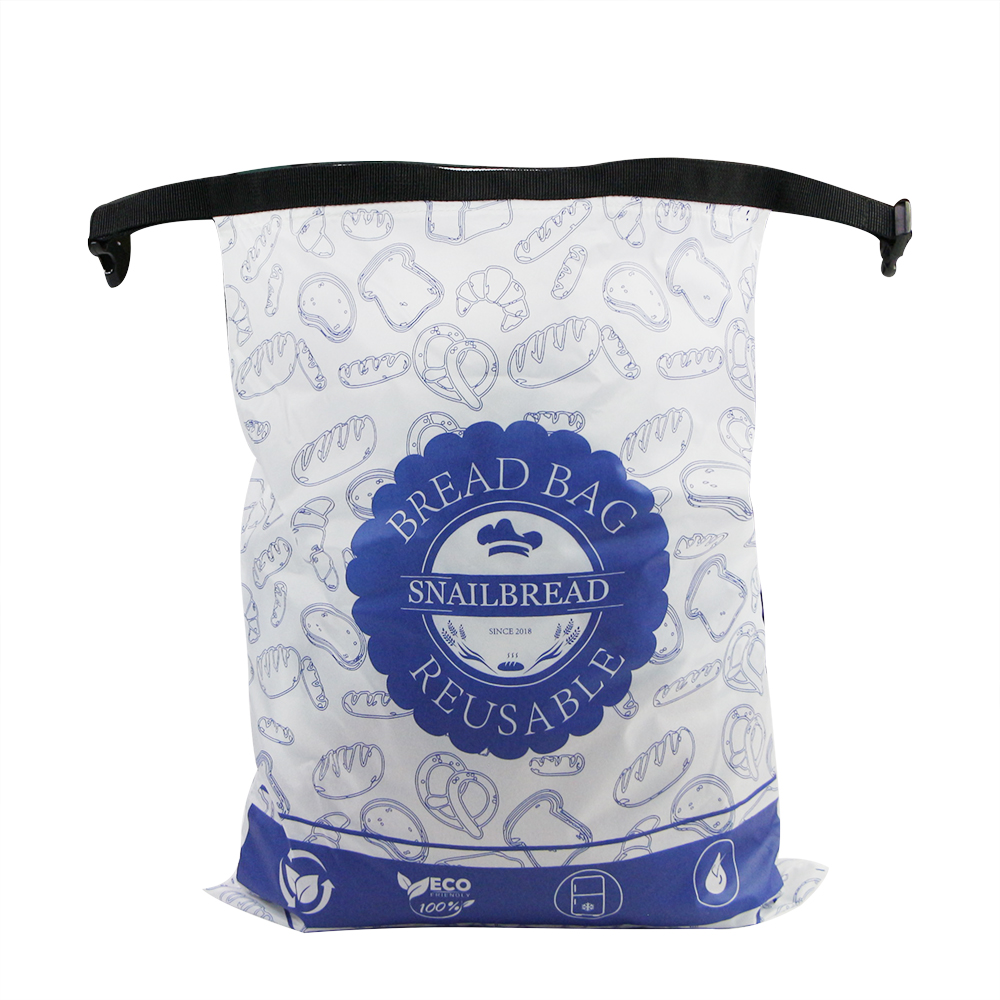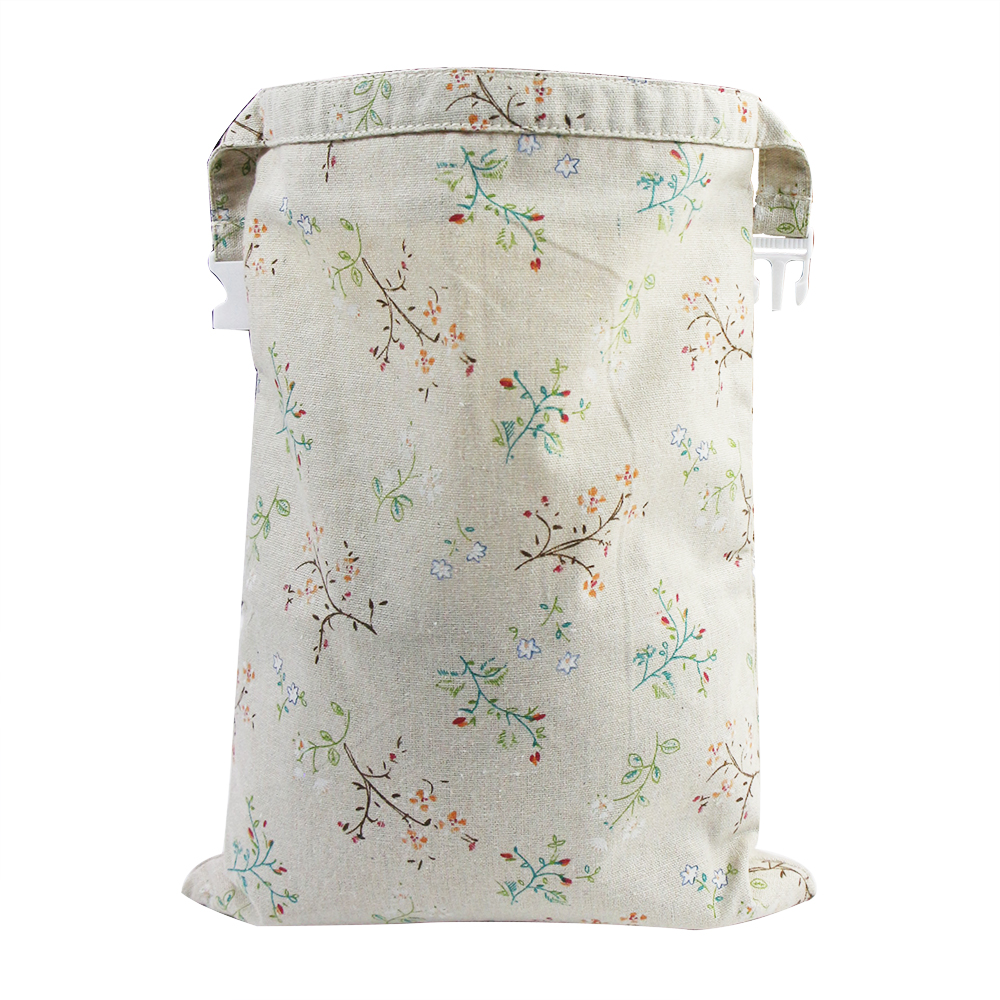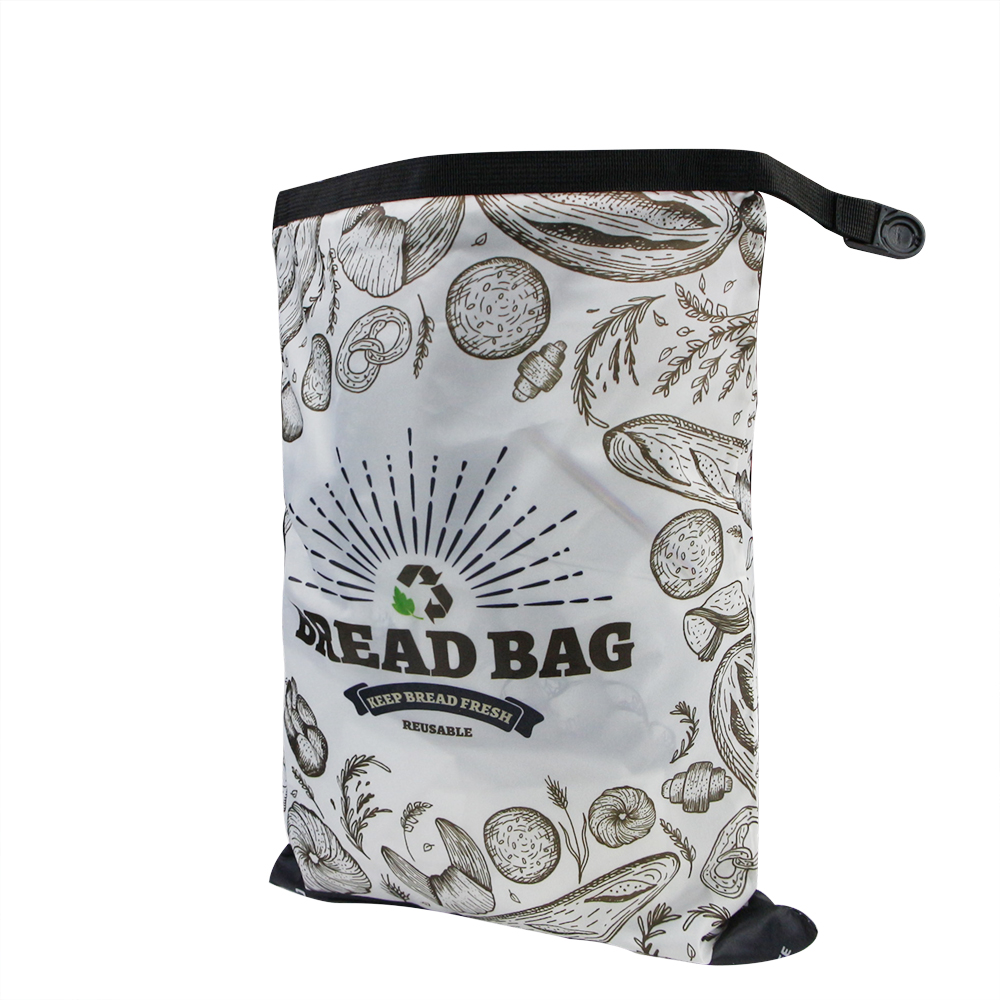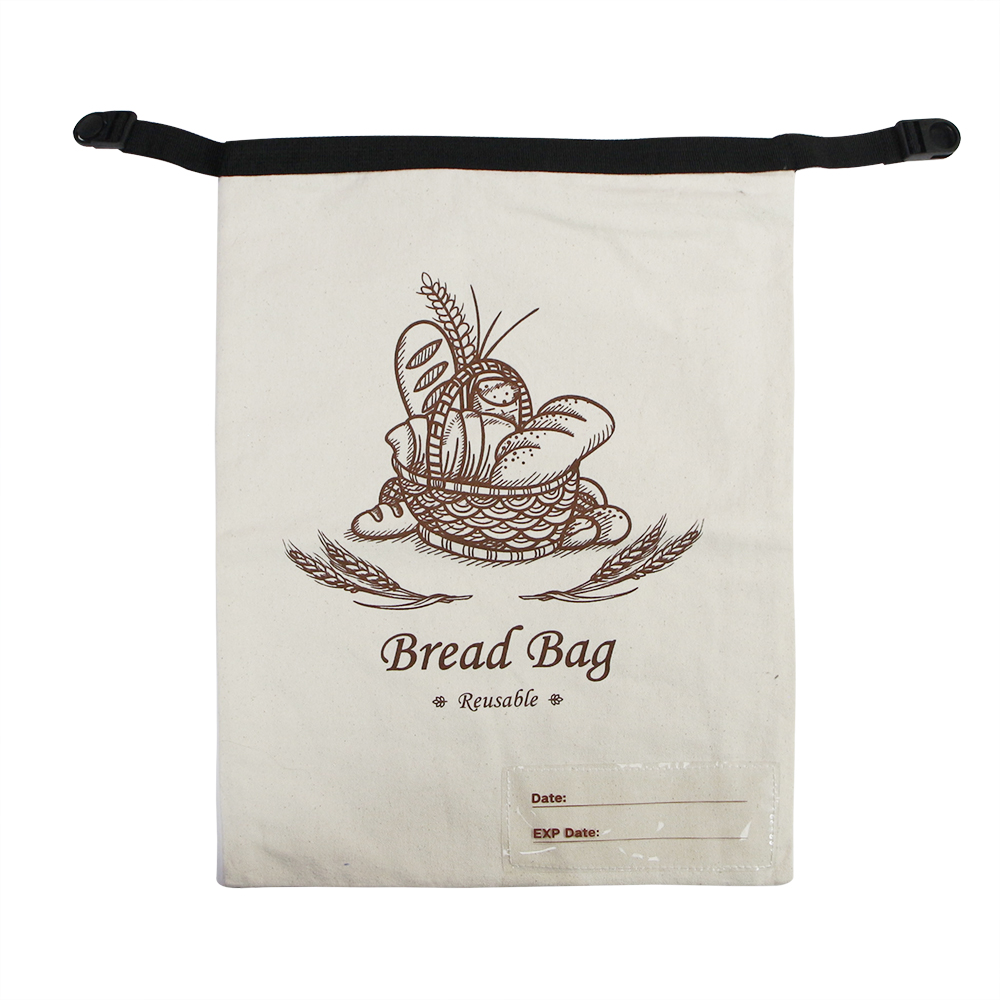How to clean a linen bread bag: A comprehensive professional guide
Linen bread bags have gained popularity as an eco-friendly and effective way to store bread. Their natural fibers provide a perfect balance of breathability, moisture control, and antibacterial properties, making them a staple in many households. However, to ensure the longevity and cleanliness of your linen bread bag, it’s essential to understand the best methods for cleaning and maintaining it. This guide will explore the benefits of using linen bread bags, offer a step-by-step cleaning process, provide additional tips for prolonging the bag’s lifespan, and address some common questions.
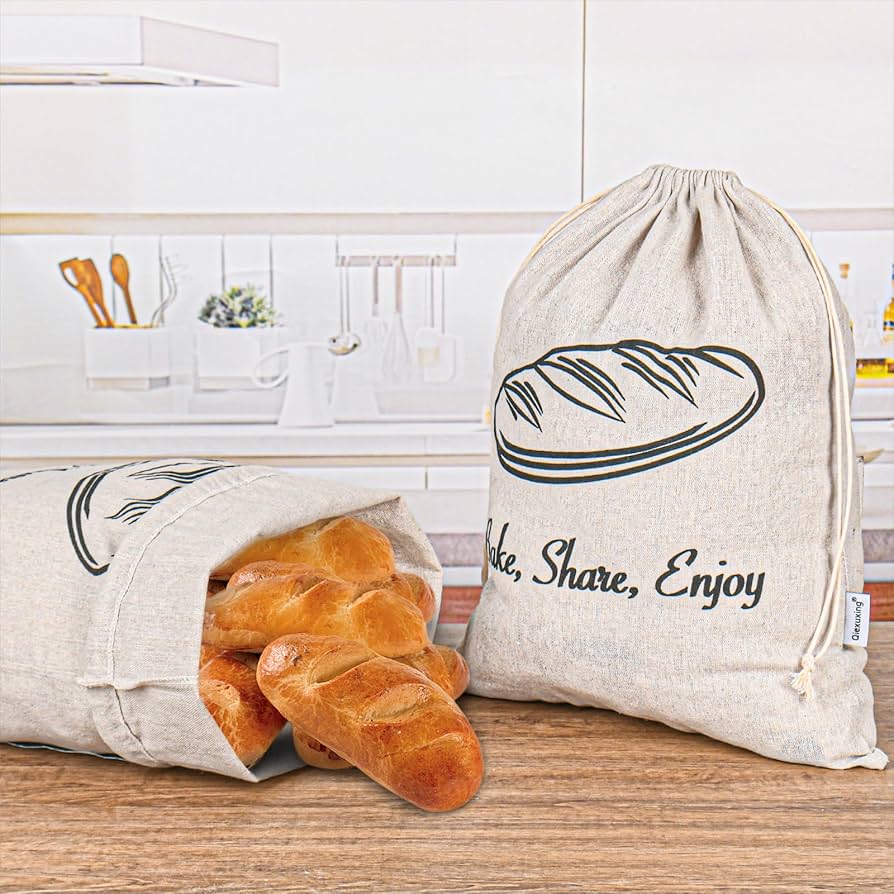
I. The Benefits of Linen Bread Bags
Before diving into the cleaning process, it’s essential to understand why linen is an ideal material for bread storage.
Breathability Linen’s porous structure allows air to circulate freely, which helps maintain the proper humidity level for the bread. This prevents the bread from becoming too dry or, on the flip side, from becoming soggy and prone to mold growth. Bread stored in a linen bag typically stays fresh for a more extended period compared to plastic-wrapped bread, which traps moisture and accelerates mold formation.
Natural Material As a plant-based fiber, linen is entirely natural and biodegradable. Unlike synthetic materials, linen doesn’t release harmful chemicals into the environment, making it an excellent choice for those looking to reduce their carbon footprint. Additionally, linen bags can be reused multiple times, making them a sustainable option for bread storage.
Antibacterial Properties Linen fibers have inherent antibacterial qualities that help minimize bacterial growth and prevent mold and mildew from forming. This makes linen bread bags not only an excellent choice for keeping bread fresh but also for maintaining hygiene in your kitchen.
Durability Linen is known for its strength and durability, which means that linen bread bags can withstand regular use and washing. Over time, the fibers may soften, but they will continue to perform well as long as proper care is given.
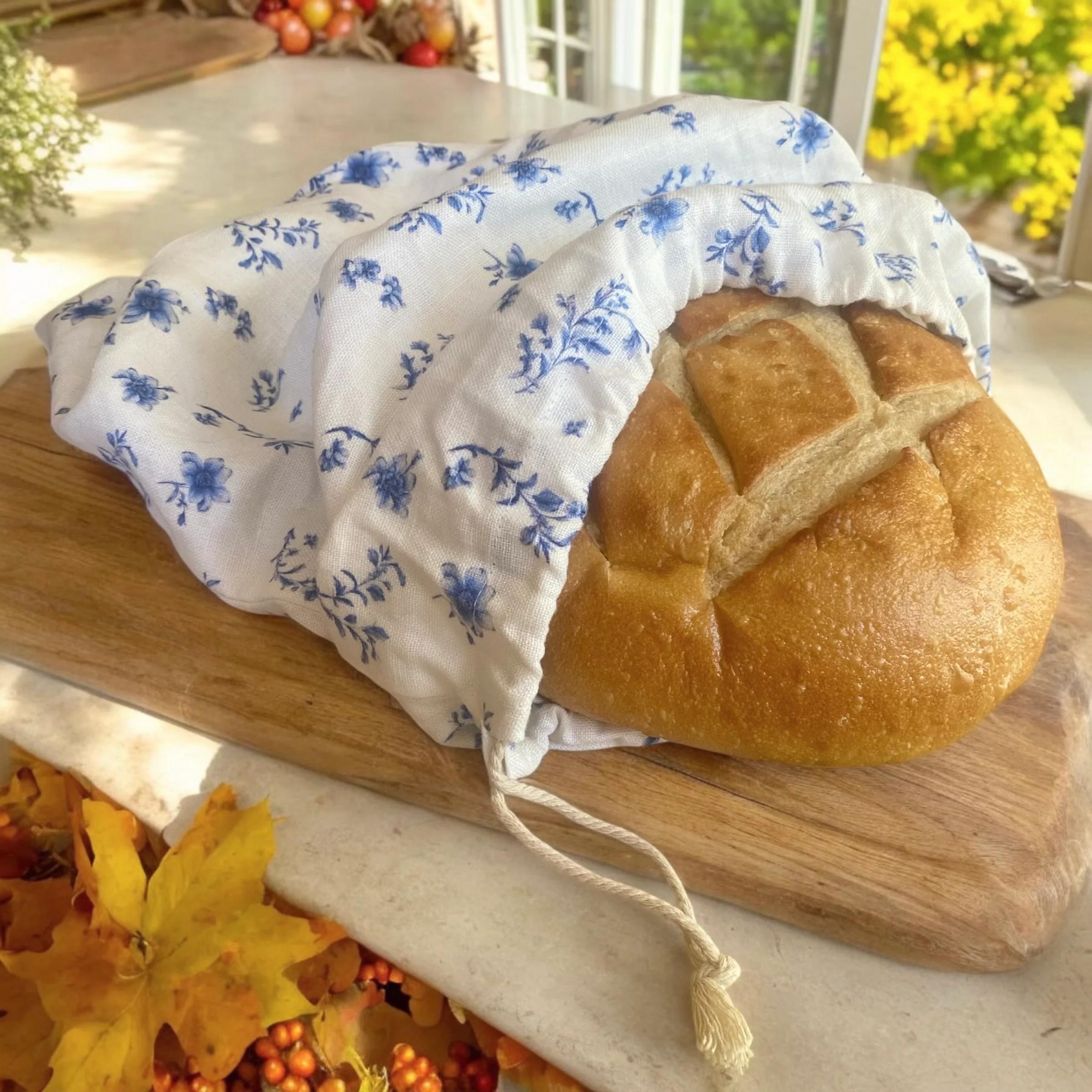
II. The Step-by-Step Guide to Cleaning Your Linen Bread Bag
Cleaning a linen bread bag is relatively simple, but it requires some attention to detail to ensure that the fibers remain intact and functional for years to come. Here’s a detailed, step-by-step process to follow:
1. Empty the Bag Thoroughly
Before cleaning, make sure the bag is empty. Shake it out to remove any crumbs or leftover pieces of bread. If you’re using the bag regularly, it’s a good idea to clean it after every few uses to prevent any buildup of crumbs or bacteria.
2. Pre-treat Stains
Linen bread bags can sometimes accumulate grease stains or other stubborn marks, especially if you’re storing items other than bread. For any noticeable stains, apply a small amount of gentle, non-toxic stain remover or natural soap directly to the affected area. Gently rub the stain in circular motions using your fingers or a soft cloth. Let it sit for about 10 to 15 minutes before proceeding to the next step.
3. Hand Washing Process
Hand washing is the best method for cleaning linen, as it preserves the integrity of the fibers. To do so:
Fill a basin or sink with lukewarm water. Avoid hot water, as this can cause the linen fibers to shrink or become brittle.
Add a mild, eco-friendly detergent to the water. Opt for a detergent without harsh chemicals, as linen fibers can degrade with frequent exposure to strong chemicals.
Gently immerse the bread bag in the soapy water and allow it to soak for about 10 minutes. Avoid wringing or twisting the fabric, as this can stretch the fibers and distort the shape of the bag.
After soaking, use your hands to gently agitate the bag, ensuring that all surfaces are cleaned. Pay extra attention to any areas with visible stains.
4. Rinse Thoroughly
After washing, it’s crucial to rinse the bag thoroughly to remove any remaining detergent. Gently squeeze out the excess water, but be careful not to wring or twist the bag. You can rinse the bag under cool running water or use clean water in a basin for a more gentle process. Make sure that all soap residue is completely removed.
5. Drying the Bag
Drying your linen bread bag properly is key to maintaining its quality. The best method is air drying:
Lay the bag flat on a clean, dry towel to absorb excess moisture.
Alternatively, you can hang the bag in a well-ventilated area but avoid direct sunlight, as this can cause the fibers to weaken or fade over time.
Never use a tumble dryer, as the high heat can cause the linen to shrink, lose its shape, and become fragile.
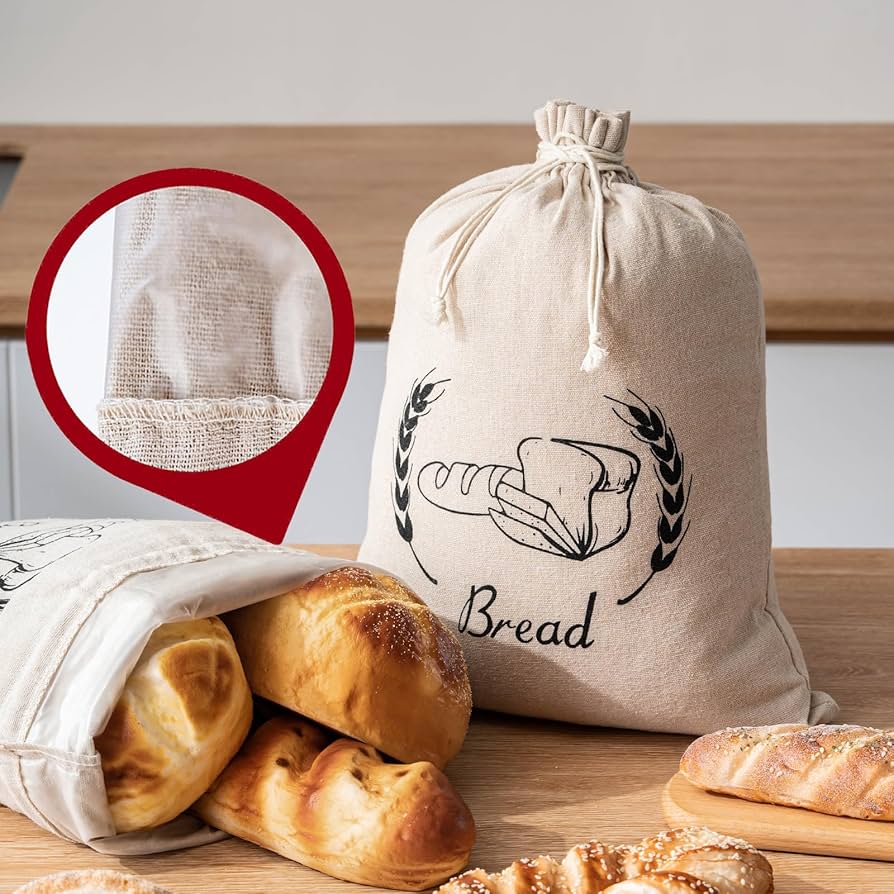
III. Important Considerations for Cleaning Linen Bread Bags
1. Avoid Bleach
While it may be tempting to use bleach to remove stubborn stains, it’s important to avoid this. Bleach can break down the fibers of the linen and cause the bag to weaken over time. Instead, opt for natural alternatives like vinegar or lemon juice for stain removal.
2. Don’t Overwash
Excessive washing can wear out the fibers of your linen bread bag. Aim to clean the bag only when necessary—usually after several uses or when visible stains appear. Overwashing can also cause the bag to lose its natural texture and affect its breathability.
3. Store Properly
When you’re not using your linen bread bag, store it in a dry and cool place. A well-ventilated area is best, as damp environments can encourage the growth of mold or mildew. Avoid storing the bag in sealed plastic containers or plastic bags, as this can trap moisture and negate the benefits of using a breathable material like linen.
IV. Tips to Extend the Lifespan of Your Linen Bread Bag
Linen is a strong material, but with proper care, you can ensure that your bread bag lasts for many years. Here are some additional tips to prolong its lifespan:
1. Rotate Your Bags
If you have multiple linen bread bags, consider rotating them regularly. This gives each bag time to rest between uses, preventing excessive wear on any one bag.
2. Repair Small Tears Promptly
If you notice any small tears or holes, address them immediately. Even minor damage can worsen over time, especially with frequent use. Use a needle and thread to sew up the tear, or consider patching it with a small piece of fabric.
3. Use Vinegar for Deep Cleaning
Occasionally, deep clean your linen bread bag. Adding half a cup of white vinegar to your wash water can help to break down grime, remove odors, and keep your bag looking fresh. Vinegar is also a natural disinfectant and helps to keep bacteria at bay.

V. Commonly Asked Questions
1. Can I Machine Wash My Linen Bread Bag?
While machine washing is convenient, it’s not the best option for linen, especially if you want to maintain the bag’s quality. Hand washing is always the preferred method to protect the fabric and avoid unnecessary wear and tear.
2. How Can I Remove Mold from My Linen Bread Bag?
If your bag develops mold or mildew, soak it in a solution of water and white vinegar (one part vinegar to three parts water) for 30 minutes. After soaking, wash the bag as you normally would.
3. Will the Linen Bread Bag Shrink After Washing?
Linen may shrink slightly after its first wash, especially if exposed to hot water or high heat during drying. However, this shrinkage is usually minimal, and the bag should still be functional. To prevent excessive shrinkage, always wash in lukewarm water and air dry.

VI. Conclusion
Cleaning a linen bread bag is straightforward but requires a gentle touch to preserve its qualities. By following these simple cleaning and maintenance steps, you can ensure that your linen bread bag remains in excellent condition, allowing it to continue serving as an eco-friendly, breathable, and hygienic way to store your bread. Regular care and proper handling can extend its lifespan and keep your bread fresh for a long time.
Products Recommend
-
-
Natural linen bread storage bag
Learn More -
Nylon zipper plastic hook polyester bread storage bag
Learn More -
Natural canvas nylon webbing wax cotton lining bread storage bag
Learn More -
Wholesale custom logo reusable linen drawstring bread storage bag
Learn More
News Recommend
-
Custom bread bags: A comprehensive guide for wholesale, retail, and bakery industries
Apr.01.2025 Learn More


